Rice cultivation in greenhouses is becoming an increasingly popular method of sustainable agriculture, offering farmers higher yields, better quality rice, and reduced impact of environmental factors. If you’re interested in pursuing rice cultivation in greenhouses as a business, this guide will provide you with a step-by-step plan from start to finish.
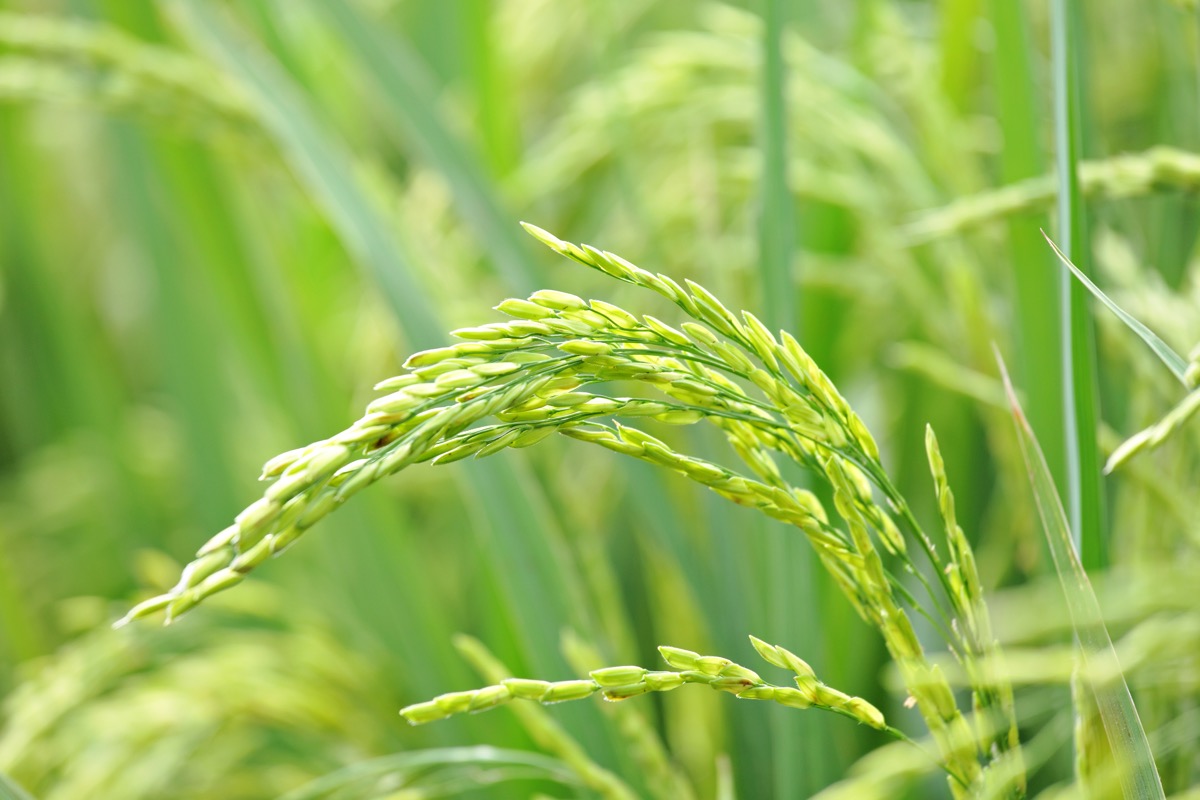
We will cover everything from the required materials and ideal greenhouse conditions to planting, harvesting, and storage. By the end of this guide, you will have a solid understanding of cultivating rice in greenhouses as a profitable and sustainable business.
Rice Cultivation in Greenhouse
What is Rice Cultivation in Greenhouses?
Rice cultivation in greenhouses involves growing rice crops within a controlled environment, such as a greenhouse. This method allows farmers to manipulate factors such as temperature, humidity, and light to create ideal growing conditions for the rice plants. By controlling these factors, farmers can increase the yield and quality of their crops, reduce the risk of pests and diseases, and minimize the impact of adverse weather conditions. This type of rice cultivation in greenhouses provides a sustainable and profitable alternative to traditional farming methods.
The Basics of Rice Cultivation in Greenhouse
- The first step in cultivating rice is to select a suitable variety for greenhouse cultivation.
- Rice should be grown in a soilless or hydroponic system in the Greenhouse.
- The ideal temperature for rice growth is 25-30°C during the day and 20-25°C at night.
- Rice requires a minimum of 12-14 hours of light daily, and supplemental lighting may be necessary during winter.
- The pH should be maintained between 5.5 and 6.5.
- Rice requires high levels of nitrogen, phosphorus, potassium, and other micronutrients.
- Pest and disease control measures should be taken to prevent damage to the rice plants.
- Harvesting should be done when the rice grains have matured and turned brown.
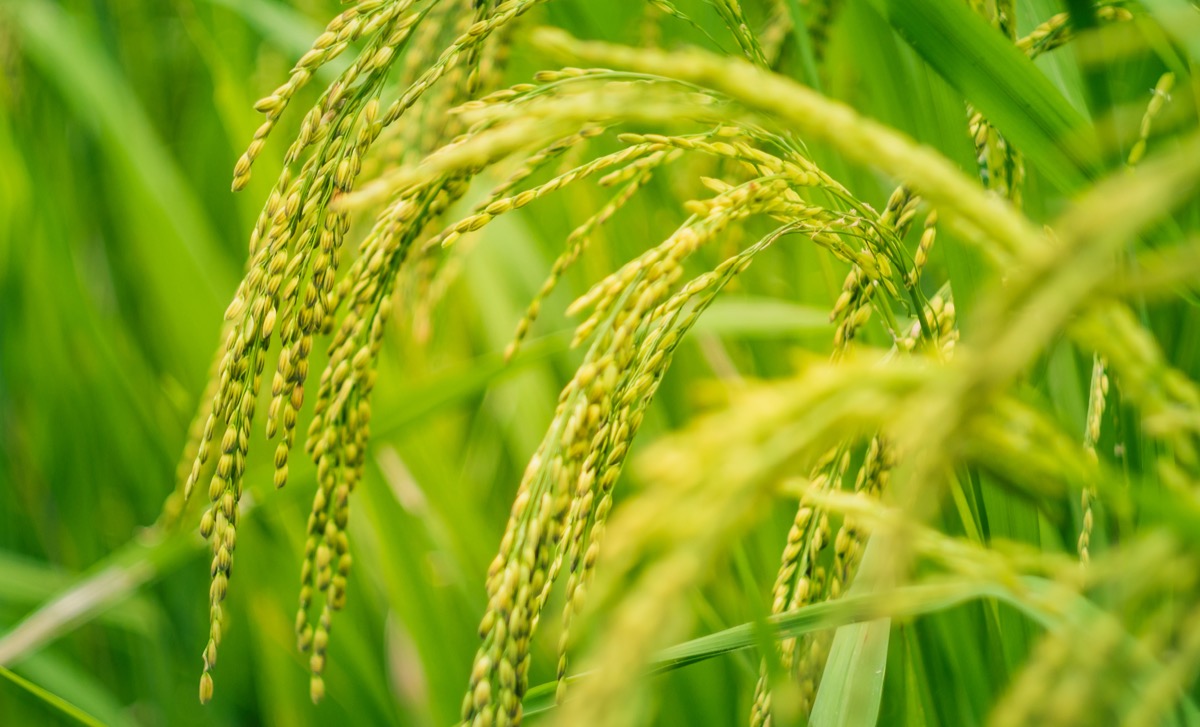
The Benefits of Greenhouse Rice Cultivation
- Controlled Environment: Greenhouses offer a controlled environment for rice cultivation, which enables farmers to regulate temperature, humidity, and light to optimize plant growth and yield.
- Pest Control: Greenhouses protect rice crops from pests, diseases, and harsh weather conditions, reducing the need for chemical pesticides and increasing the quality of the harvested grains.
- Water Conservation: Greenhouse rice cultivation requires less water than traditional outdoor methods due to recycling irrigation water and controlling the soil’s moisture level.
- Improved Yield: Greenhouse rice cultivation can lead to higher yield and quality of the harvested grains, resulting in higher profits for farmers.
- Reduced Labor Costs: Greenhouse rice cultivation requires less manual labor than traditional outdoor methods, allowing farmers to manage labor costs and increase productivity.
- Year-round Cultivation: Greenhouse rice cultivation can produce year-round rice, allowing farmers to increase their income and meet market demands.
According to research conducted by Purdue University, greenhouse rice cultivation can increase rice yield by up to 35% compared to traditional outdoor cultivation methods. Additionally, using greenhouses can reduce water usage by up to 30% and significantly reduce the use of chemical pesticides.
Material Required to Setup Up a Rice Greenhouse
- Site Selection: Choose a flat and well-drained site with access to a reliable water source and proper sunlight exposure.
- Greenhouse Structure: A greenhouse structure of galvanized steel, aluminum, wood, and polyethylene film covering is recommended. The size and shape of the Greenhouse can vary depending on the farm’s needs and the space available.
- Flooring: A gravel or concrete floor is recommended to provide a stable surface for the Greenhouse.
- Irrigation System: A drip irrigation system is ideal for rice cultivation. It is essential to have a reliable water source, a water storage tank, and a pump to ensure a consistent water supply to the plants.
- Ventilation System: A ventilation system is required to maintain the temperature and humidity inside the Greenhouse. The ventilation system should include fans and vents to maintain optimal conditions for rice growth.
- Rice Seeds: Choose high-quality rice seeds adapted to the local growing conditions.
- Fertilizers and Pesticides: Choose organic fertilizers and pesticides to ensure a safe and healthy crop.
- Sterilized Soil, clay, or silt loam: Sterilized soil has been treated to eliminate pathogens or contaminants that may harm the rice plants. Clay or silt loam soil is ideal for rice cultivation as it holds moisture well.
- Commercial Potting Mix: A commercial potting mix can supplement the soil and provide additional nutrients for the rice plants.
- 8 ½” Diameter x 7.5″ Plastic Pots: These pots are ideal for starting rice seedlings as they provide a stable environment for the young plants.
- Nitrogen Fertilizer (Pelletized Urea): Nitrogen is essential for rice growth, and pelletized Urea is a common source of nitrogen fertilizer for rice cultivation.
- Tools and Equipment: Basic tools such as shovels, hoes, rakes, and pruning shears are required for planting, pruning, and harvesting.
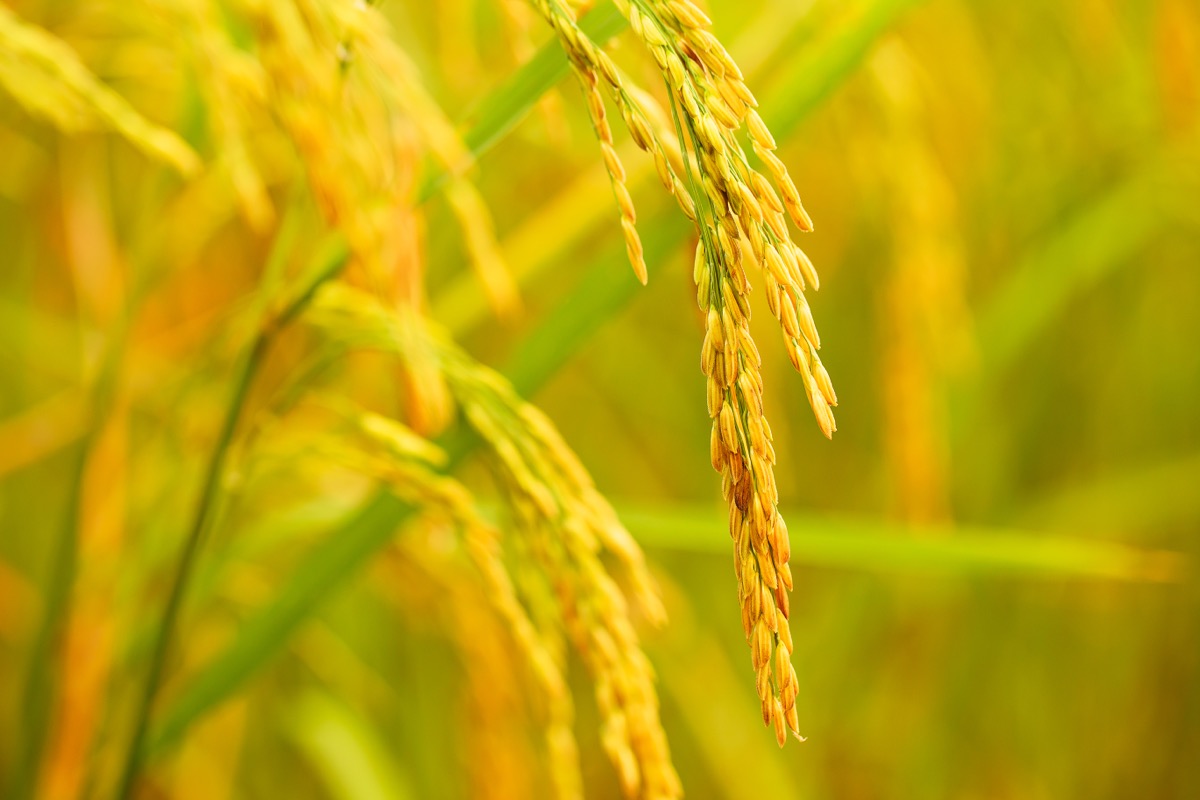
The cost of setting up a rice greenhouse can change depending on the size of the Greenhouse and the materials used. According to a study conducted in Taiwan, the cost of setting up a greenhouse for rice cultivation can range from $5,000 to $15,000.
How to Grow Rice in the Greenhouse
Growing rice in a greenhouse is a relatively new concept gaining popularity due to its numerous benefits. Unlike traditional rice farming, growing rice in a controlled environment like a greenhouse allows farmers more control over the growing conditions, leading to higher yields and better quality rice. Additionally, greenhouse cultivation of rice reduces the impact of environmental factors like pests, diseases, and weather conditions, making it a more sustainable and reliable option for farmers.
Soil Preparation for Growing Rice in the Greenhouse
- Use sterilized soil, which can be either sterilized and sized field soil to remove rocks or small amounts of autoclaved soil.
- Mix two parts sterile soil with 1 part commercial potting mix to create a suitable growing medium for the rice plants.
- Fill 8 ½” diameter x 7.5″ tall plastic pots with the soil mix, leaving 2 inches from the top.
Planting Rice Seeds in the Greenhouse
- Moisten the soil before planting seeds, but avoid standing water.
- Plant up to 5-7 seeds per pot at ½ inch depth and lightly cover them with soil.
- Keep the pots moistened at least daily through germination, which can occur between 5-10 days after planting.
Applying Fertilizer and Water to Rice Grown in Greenhouse
- Applying 1/8 teaspoon nitrogen (pelletized Urea) per pot when four leaves have emerged.
- To ensure a permanent flood, keep the water level 1 to 112 inches deep and equal to the top of the pot.
- Water the plants in the morning to allow the foliage to dry before dark.
Growth and Flowering of Rice in a Greenhouse
- The plant will increase water uptake and express panicles during the reproductive stage, which occurs about 60-100 days after planting.
- Flowering normally occurs in the morning, with pollination around mid-morning (9-10 a.m.).
- The panicles will begin to tilt over as the seeds ripen and mature, and the seeds will dry and turn brown.
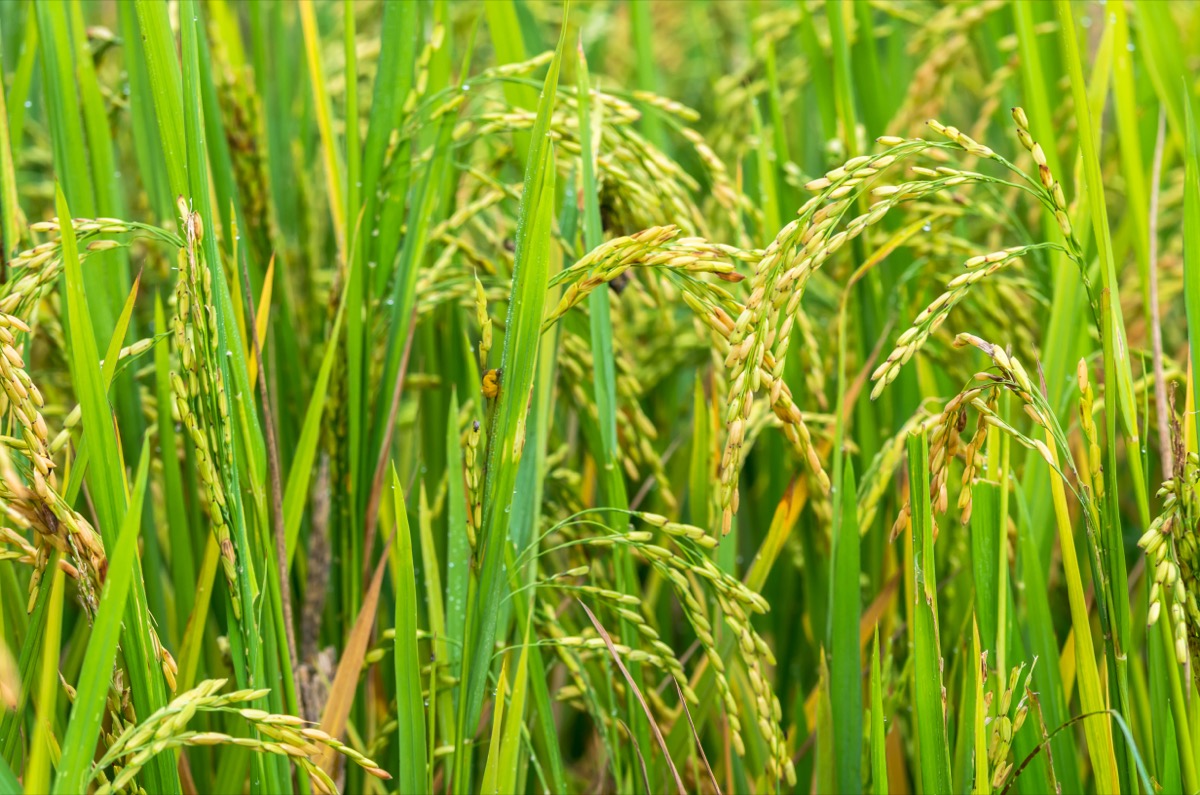
Harvesting and Storage of Rice Grown in a Greenhouse
- Once the seed is ready for harvest, cut the panicles and leave them on a greenhouse table for several days to dry further.
- Harvested panicles can be placed into paper bags or envelopes.
- For long-term seed material storage, use cold storage (ca. 40º F, 20% RH).
Conditions Required for Rice Grown in Greenhouse
Maintaining optimal growing conditions, such as temperature and lighting, is essential to ensure healthy plant growth. The greenhouse conditions should be controlled with a minimum of 70º F at night and a maximum of 85-90º F during the day. The lighting conditions should be controlled with a 12-hour day during winter and a normal day length during summer.
Growing rice in a greenhouse is an efficient and sustainable way to cultivate this essential food crop. With proper soil preparation, planting, fertilizing, watering, and harvesting techniques, rice can be grown successfully in a greenhouse. By providing a controlled environment, greenhouse cultivation can lead to higher crop yields, better quality rice, and a reduced environmental impact compared to traditional open-field cultivation.
Business Plan to Grow Rice in Greenhouse
A Rice Greenhouse Business Plan is crucial for entrepreneurs seeking funding from investors, banks, or future references. It outlines the goals, strategies, and financial projections for the business. A comprehensive Rice Greenhouse Business Plan should cover the following components.
- Executive Summary: The executive summary should provide an overview of the business, including the mission statement, product or service offering, target market, competitive advantage, and financial projections.
- Market Analysis: The market analysis should provide a detailed overview of the target market, including market size, growth potential, and trends.
- SWOT Analysis: A SWOT analysis should be conducted to evaluate the strengths, weaknesses, opportunities, and threats of the business. This analysis will help the business identify potential risks and opportunities, develop strategies to overcome risks, and capitalize on opportunities.
- Marketing Strategy: The marketing plan should outline how the business plans to promote its product or service to the target market.
- Operations Plan: The operations plan should detail how the business plans to manage its daily operations, including greenhouse management, rice cultivation, and harvest.
- Financial Plan: The financial plan should include the company’s financial statements, including income statements, balance sheet, and cash flow statements.
- Management Team: The management team should include the key personnel responsible for managing the business, including their qualifications, experience, and roles. It should also have an organizational chart outlining the reporting structure.
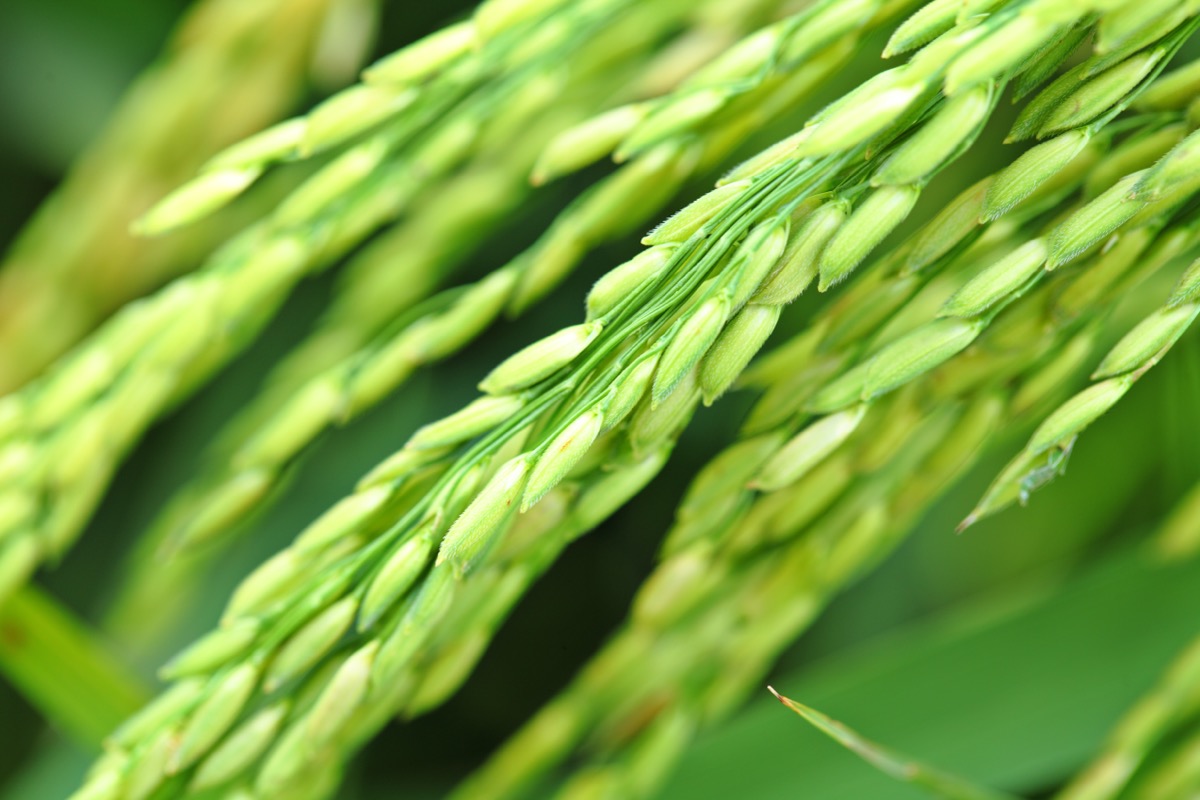
Sample Rice Greenhouse Business Plan
- Executive Summary: Our business, Green Rice Growers, plans to set up a rice greenhouse facility to cultivate high-quality rice in a controlled environment. We aim to supply fresh and healthy rice to our customers while minimizing environmental impact. We plan to target health-conscious consumers willing to pay a premium for high-quality rice.
- Market Analysis: The rice market in our area is growing, with increasing demand for organic and locally grown rice. Our research shows a gap in the market for high-quality greenhouse-grown rice. There are several competitors in the market, but they offer different quality and freshness than our product.
- SWOT Analysis: Strengths: Our greenhouse cultivation methods allow us to produce high-quality rice with minimal environmental impact. We have an experienced management team with a deep understanding of rice cultivation and greenhouse management.
- Weaknesses: Our initial startup costs are relatively high, and we may need help attracting and retaining customers in the competitive rice market.
- Opportunities: The growing demand for locally grown and organic rice provides a significant opportunity to capture market share. We can also expand our product line to include value-added rice products.
- Threats: We may face competition from established rice producers with more resources and brand recognition. Additionally, changes in government regulations or weather patterns could impact our production and supply chain.
- Marketing Strategy: We plan to market our product through social media, online marketplaces, and local farmer’s markets. Our pricing strategy will be based on our product’s premium quality and production cost.
Operations Plan: We will set up a greenhouse facility with a capacity of 10,000 square feet and invest in modern greenhouse technology to optimize rice growth and yield. Sterilized clay soil, or silt loam, commercial potting mix, 8 12″ diameter x 7.5″ tall plastic pots, and nitrogen fertilizer (pelletized Urea) will be used in our cultivation. We will also invest in irrigation and pest control systems to ensure optimal rice growth and minimize crop loss.
Financial Plan: Our startup costs will include the purchase of land, construction of the greenhouse facility, and investment in equipment and materials. We estimate our startup costs to be $500,000, with an additional $100,000 required for working capital. We plan to fund our startup costs through equity and debt financing. We project our revenue to reach $500,000 in the first year, with a net profit of $50,000. By the third year, we project our revenue to increase to $1 million, with a net profit of $150,000. We will reinvest our profits to expand our operations and increase our production capacity.
Management Team: The management team includes experienced professionals with backgrounds in rice cultivation, greenhouse management, and business development. Our CEO, John Smith, has over 20 years of experience in the agriculture industry, and our head of operations, Mary Johnson, has extensive experience in greenhouse management and crop cultivation.
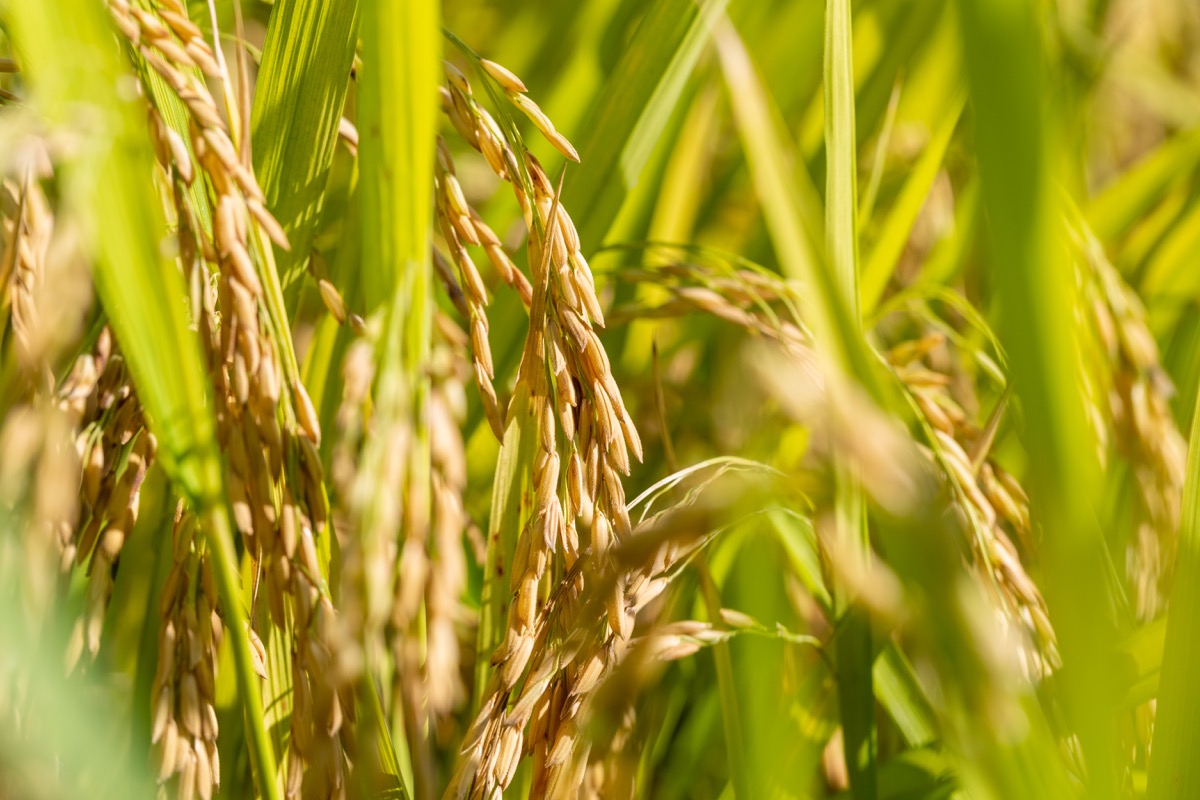
Challenges and Solutions for Rice Cultivation in Greenhouses
Challenges
- Humidity control: High humidity can lead to diseases such as fungal growth and bacterial infections in rice plants.
- Temperature control: Rice plants require a warm and humid environment to grow, but high temperatures can damage the plants.
- Pest and disease control: Pests such as mites and aphids can cause significant damage to rice crops, and diseases such as bacterial leaf blight and blasts can quickly spread in greenhouse environments.
Solutions
- Use ventilation systems and dehumidifiers to maintain optimal humidity levels.
- Installation of shade cloths and cooling systems to control temperature and prevent heat damage.
- Regularly monitor and treat pest and disease outbreaks using environmentally friendly methods such as natural predators and organic pesticides.
Conclusion
Rice cultivation in greenhouses offers a profitable and sustainable business opportunity for agriculture. With proper planning, investment, and management, this innovative approach to rice production can help meet the growing demand for high-quality, environmentally friendly rice.
- Economical Aquaculture: A Guide to Low-Budget Fish Farming
- 15 Common Planting Errors That Can Doom Your Fruit Trees
- How to Make Houseplants Bushy: Effective Tips and Ideas
- Innovative Strategies for Boosting Coconut Pollination and Yield
- Pollination Strategies for Maximum Pumpkin Yield
- The Complete Guide to Chicken Fattening: Strategies for Maximum Growth
- Natural Solutions for Tulip Problems: 100% Effective Remedies for Leaf and Bulb-Related Issues
- Revolutionizing Citrus Preservation: Towards a Healthier, Greener Future
- Natural Solutions for Peony Leaf and Flower Problems: 100% Effective Remedies
- Maximizing Profits with Avocado Contract Farming in India: A Comprehensive Guide
- Natural Solutions for Hydrangea Problems: 100% Effective Remedies for Leaf and Flowers
- The Ultimate Guide to Choosing the Perfect Foliage Friend: Bringing Life Indoors
- From Sunlight to Sustainability: 15 Ways to Use Solar Technology in Agriculture
- The Ultimate Guide to Dong Tao Chicken: Exploring from History to Raising
- The Eco-Friendly Makeover: How to Convert Your Unused Swimming Pool into a Fish Pond
- Mastering the Art of Delaware Chicken Farming: Essentials for Healthy Backyard Flocks
- 20 Best Homemade Fertilizers for Money Plant: DIY Recipes and Application Methods
- How to Craft a Comprehensive Free-Range Chicken Farming Business Plan
- Brighten Your Flock: Raising Easter Egger Chickens for Beauty and Bounty
- How to Optimize Your Poultry Egg Farm Business Plan with These Strategies
- Subsidy for Spirulina Cultivation: How Indian Government Schemes Encouraging Spirulina Farmers
- Ultimate Guide to Raising Dominique Chickens: Breeding, Feeding, Egg-Production, and Care
- Mastering the Art of Raising Jersey Giant Chickens: Care, Feeding, and More
- Ultimate Guide to Raising Legbar Chickens: Breeding, Farming Practices, Diet, Egg-Production
- How to Raise Welsummer Chickens: A Comprehensive Guide for Beginners
- How to Protect Indoor Plants in Winter: A Comprehensive Guide
- Ultimate Guide to Grow Bag Gardening: Tips, Tricks, and Planting Ideas for Urban Gardeners
- Guide to Lotus Cultivation: How to Propagate, Plant, Grow, Care, Cost, and Profit
- Agriculture Drone Subsidy Scheme: Government Kisan Subsidy, License, and How to Apply Online
- Ultimate Guide to Raising Araucana Chickens: Breed Profile, Farming Economics, Diet, and Care
- Bringing Hydroponics to Classroom: Importance, Benefits of Learning for School Students
- Ultimate Guide to Raising Polish Chickens: Breed Profile, Farming Economics, Diet, and Care
- Ultimate Guide to Raising Australorp Chickens: Profile, Farming Economics, Egg Production, Diet, and Care
- Silkie Chicken Farming: Raising Practices, Varieties, Egg Production, Diet, and Care
- Sussex Chicken Farming: Raising Practices, Varieties, Egg Production, Diet and Care
- Homemade Feed Formulations for Livestock: Discover Cost-effective Starter to Finisher Feed Recipes